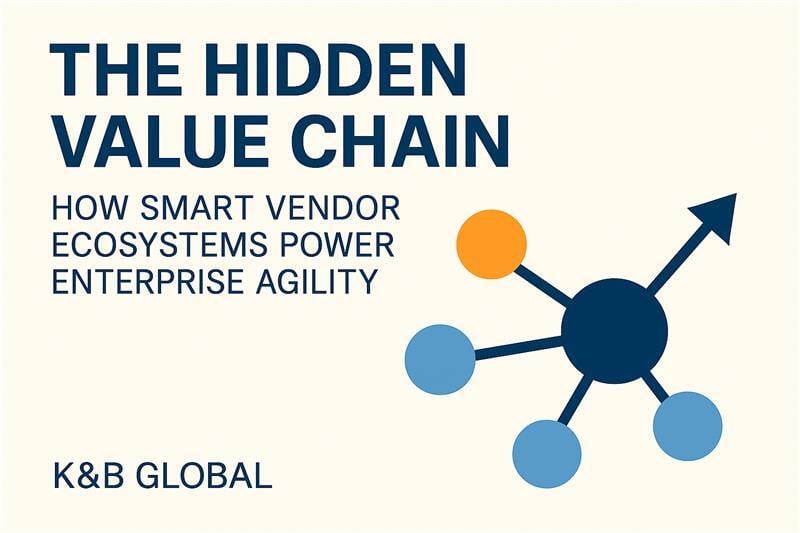
12 Keys to Managing your Vendors
The complexity of many IT outsourcing contracts warrants a comprehensive strategy that accounts for every aspect of the relationship, from setting clear expectations to fostering innovation.
Speak with a vendor management expert
Here, we offer 12 elements to incorporate into a successful vendor management program to ensure the vendor is delivering to your expectations, creating value, promoting effective communication, and ensuring shared success in your IT outsourcing agreements.
1. Clear Expectations and Scope Definition
Clearly define the scope of work, roles, responsibilities, and performance expectations. Make sure both parties have a shared understanding of the project's objectives and deliverables.
2. Structured Communication Channels
Establish regular communication channels and reporting mechanisms. Scheduled check-ins and updates help track progress, maintain alignment, and address concerns as they come up.
3. A Strategic Governance Framework
Define a governance framework that outlines decision-making processes, escalation paths, and dispute-resolution mechanisms to ensure any issues are addressed promptly and transparently.
4. Key Performance Indicators (KPIs)
Identify and set measurable KPIs that align with the project's goals. Use the KPIs to assess vendor performance and ensure that expectations are being met.
5. Clear Service Level Agreements (SLAs)
SLAs provide a clear benchmark for evaluating vendor performance, so establish SLAs that outline the quality, timeliness, and service levels required.
6. Regular Performance Tracking and Reporting
Schedule regular review meetings to discuss progress, challenges, and future plans. Regularly track and report on vendor performance against the established KPIs and SLAs. Also, periodically compare vendor performance with industry benchmarks to identify areas for improvement. These steps allow for data-driven decision-making and early identification of issues.
7. A Comprehensive Risk Management Plan
Minimize disruptions and negative impacts by proactively developing a risk management plan that identifies potential risks and lays out mitigation strategies.
8. Change Management Processes
To ensure that changes are managed effectively without derailing the project, establish a well-defined process for handling changes to project scope, requirements, or objectives.
9. Knowledge Transfer and Documentation
Documentation of processes and procedures is necessary for seamless transitions, so ensure a mechanism for critical and essential knowledge to get transferred from the vendor to your organization.
10. Innovation and Strategic Planning
Collaborate on strategic planning and innovation initiatives and encourage a culture of continuous improvement by jointly identifying areas for ongoing enhancement. Involve the vendor in discussions about long-term goals and emerging technologies and design incentives that align the vendor's success with your own.
11. Contract Flexibility
Keep the partnership adaptable and agile by building flexibility into the contract to accommodate changes, scaling, or unexpected situations.
12. Stakeholder Engagement
Engage relevant stakeholders within your organization to ensure vendor management aligns with broader business objectives.
By aligning the vendor's goals with your objectives, cultivating open dialogue, and continuously seeking improvement, you can transform your vendor relationships into strategic partnerships that deliver quantifiable value to your business. Implementing these key components helps ensure smooth project execution and fosters productive and trusting relationships with vendors.
If you need help negotiating strategic partnerships with your vendors, lean on K&B’s extensive experience creating IT outsourcing agreements that deliver cost savings and strategic value. You can learn more about the ROI of investing in vendor management in our related article “Why Strategic IT Leaders Are Prioritizing Investment in Vendor Management.”
Contact us about strategic vendor management for your business


